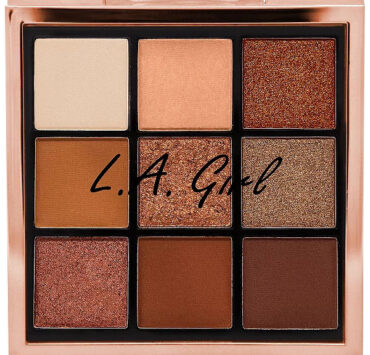Frankincense: Ancient Incense, Modern Perfume, Timeless Impact
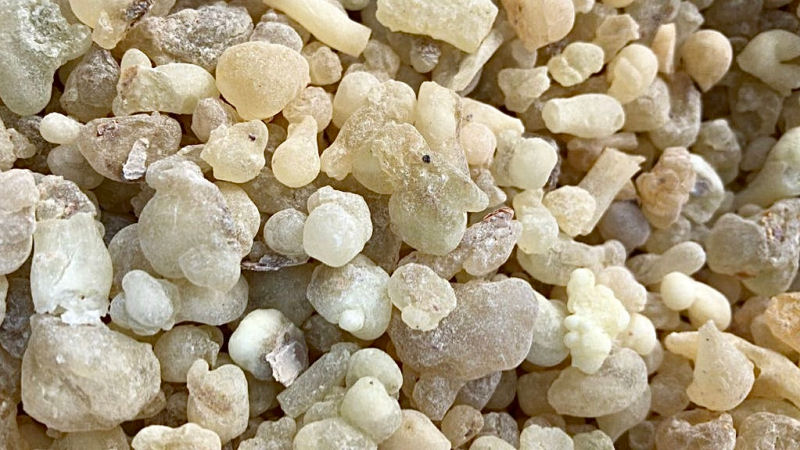
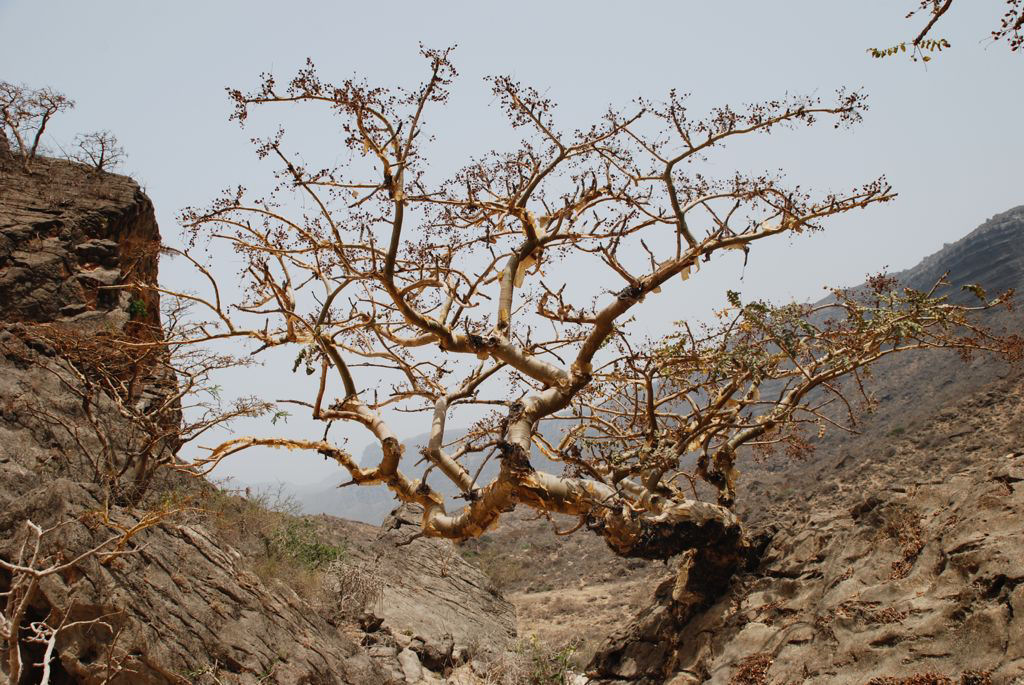
I am sure most people have heard of Frankincense. It was one of three sacred gifts of the Magi, given to Jesus Christ at the time of his birth. It is the Earth’s botanical treasure, a commodity, and for some, a currency that contributed to the growth of empires. What people don’t know is how this ancient incense and essential oil became a modern-day perfume ingredient that can promote health and well-being.
The soul of the Boswellia tree became as precious as gold.
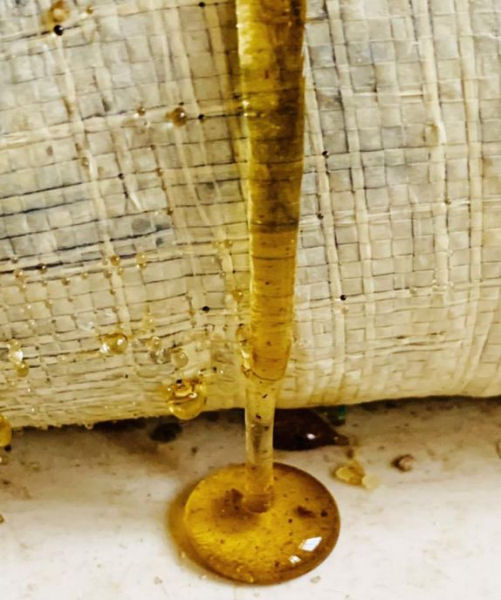
Imagine you are on a quest to find hidden treasure that could be more valuable than gold.
You are standing within enormous sand dunes that shimmer in the evening sunlight. You’re looking at a scraggly mountainside, with knobby enchanted trees clinging to its rocks. You are listening to the secrets of the whispering winds, as they tell you how to harvest the treasures of the magical incense trees.
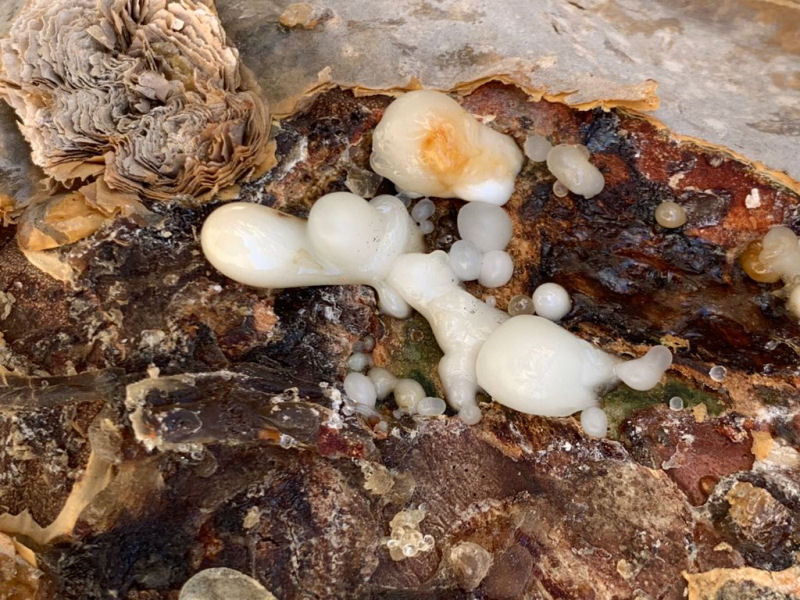
To do this, you must venture into the hidden valleys and defeat the huge winged creatures and red poisonous snakes that protect them. When you burn the resin storax, the smoke will drive away the winged creatures that guard the trees. Result? You will be able to collect the milky white opalescent jewels that are the tears of the Frankincense tree.
How could anyone believe such stories?
The Greek historian Herodotus (484 B.C.) wrote many stories about the journey, harvest, and procurement of Frankincense from trees growing in southern Arabia. He had been criticized by fellow historian Thucydides for his grandiloquence and tall tales surrounding Frankincense. By examining the storytelling skills of Herodotus, we can understand that the stories probably came from the opportunist merchants of the incense trade, intending to drive up the prices of Frankincense so they would equal, or surpass, those of gold.
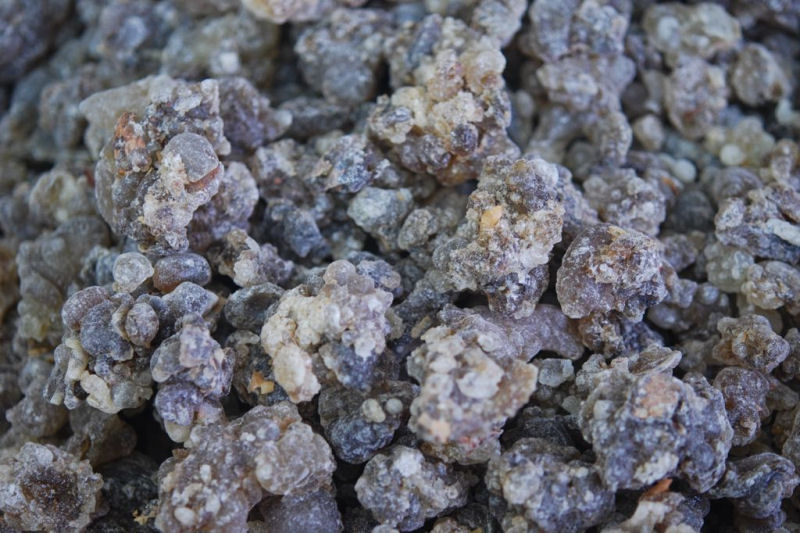
Frankincense is worth its weight in gold not because we believe the myths of procurement or are seduced by its sweet aromatic smell. It is priceless because “it is a lifesaving remedy,” according to AbdesSalaam Attar of La Via del Profumo Natural Niche Perfumes. Since the dawn of time, it has been indispensable for the continuance of life. It has the ability to heal wounds, as well as ulcers of the digestive tract. It is a most effective treatment for respiratory ailments, and it fights flu, colds, and infectious diseases. Its formulation brightens, firms, and smooths aging skin. Also, it protects against the negative influences of people. That is why Attar says, “Frankincense is the medicine of the Arabs.” For over 5000 years, it has been a cornerstone in the lives of people for worship, health, and overall well-being. It is one of the oldest commercial goods in the incense trade, and was vended along the ancient spice route.
What is Frankincense? Why is it so popular?

The genus of Boswellia tree, originating from the Burseraceae family, produces what we know as Frankincense, also known as Olibanum. The tree looks enchanted, like a twisted and crooked magical tree from the world of Harry Potter. It grows in arid climates, on rocky terrain in searing heat. The harsh terroir of the Arabian Peninsula in countries such as Yemen and Oman, as well as Somalia and India, produce the best trees for Frankincense in the world. UNESCO lists Oman as the land of Frankincense, and this region flourished for many centuries because of the aromatic resin’s trades and commerce.
Health and Well-being
The ancient Greek physician Pedanius of Dioscorides (ca. 40-90 A.D.) wrote about the medicinal properties of myrrh and Frankincense. This sublime substance is an aromatic sap. When the bark is cut, the tree exudes a liquid, a gum, that hardens in the shape of a tear and forms an organic compound known as a resin. We call this a Frankincense tear.
Frankincense has been adopted and crafted for specific health and well-being reasons in many cultures. The Egyptians made it a powder to use in medicinal eyeliner, called kohl, and they purified the air with an incense comprised of it called kyphi. Traditional Chinese Medicine uses the resin in remedies to promote blood circulation and eliminate blood congestion. Ayurveda uses all types of Frankincense to treat digestive and respiratory disorders, treatment of joint pain and arthritis, and mainly to soothe the body’s inflammatory response. Aromatherapists use essential oils of Frankincense to replenish the mind and revive the nervous system from exhaustion and fatigue.
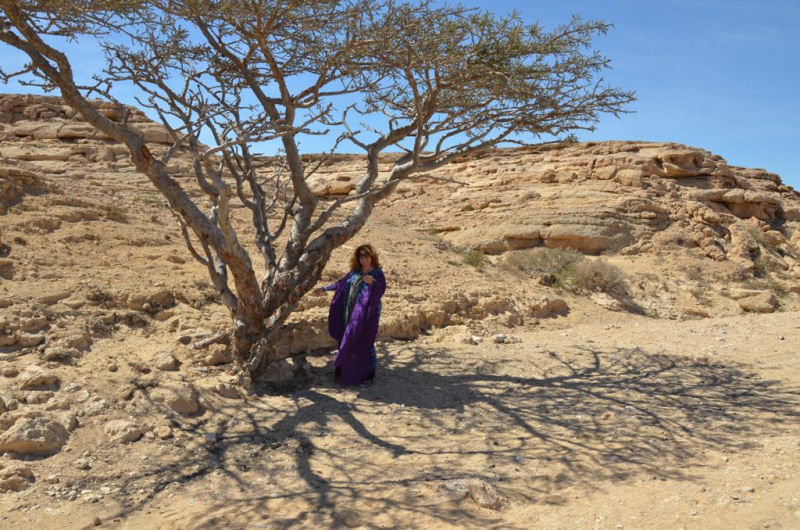
It has become invaluable. In Oman, it was the ace-in-the-hole for survival, says Trygve Harris. She is the owner of a Frankincense distillery in Oman and Enfleurage, a premium essential oil boutique in Manhattan. She declares, “The Frankincense tree is the mother of society, the umbrella which shelters her children. And, like a mother, she gives her very blood so her children can use it to live.”
What does Frankincense smell like?
The Bible and ancient manuscripts mention the use of Frankincense as a fragrance. Perfumer, chemist, and author Steffen Arctander wrote the Bible of perfume and fine fragrances, an indispensable tool for the trade called The Perfume and Flavor Materials of Natural Origin. He describes, in detail, Frankincense as having a fresh, balsamic, yet dry and resinous, slightly green odor (meaning scent, not foul smell). This top note, redolent of mandarin, bergamot, and lime, is one that lingers. Its odor is strongly diffusive, because it contains alpha-pinene, present in deciduous trees. This provides a certain pepperiness that is mellowed by a rich, sweet-wood undertone. All of these scent components make Frankincense a truly tenacious fragrance.
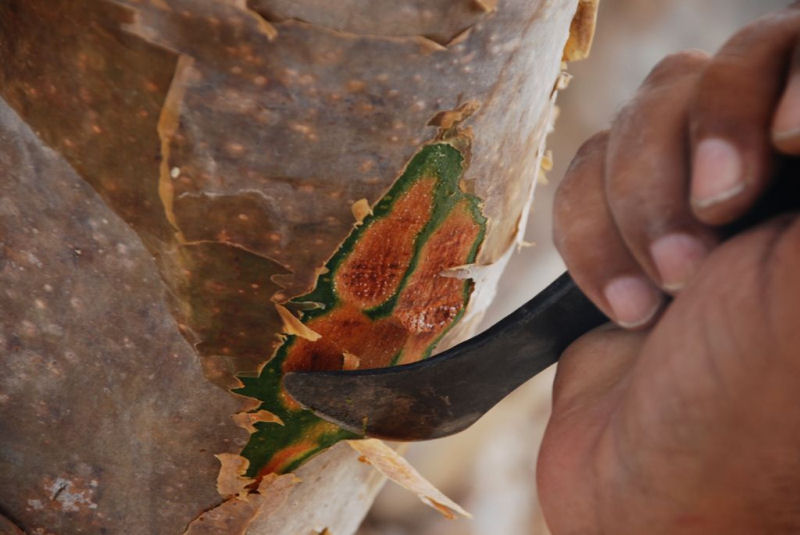
The tenacity of Frankincense is present in the fragrances that contain it, and subsequently, some of the aforementioned odor profiles. Check back in October for a deeper dive into Frankincense and its use in modern perfumery.
Aristotle may have had Jeffrey Paul in mind when he said, “Art completes what nature cannot bring to finish.” Jeffrey is an award-winning makeup artist and hairstylist. For 20 years and counting, he is Hollywood’s and Bollywood's go-to artist for celebrities, film festivals, red carpets, fashion, and movie PR. He is a resource for makeup artists, beauty columns fashion & beauty blogs as well as beauty magazines including ELLE, InStyle, Harper’s Bazaar, and beauty how-to books. Additionally, he is a chef, perfumer, writer, wellness advocate, beauty advisor, leader in Sufi and beauty meditations groups, and a practicing Dervish. Jeffrey believes that today's world has prompted everyone to have a deeper reverence for life and nature. His passion for truth, accompanied by an exploration into spirituality, has led him to create a new perspective in the beauty world. Through a blend of aesthetics and wellbeing, Jeffrey created a new paradigm called Beauty as Wellness, which includes the in-development Fragrance as Wellness. Jeffrey teaches people how to look deep into the world of beauty, which includes all types of fragrance, find tools to infuse and support a healthy life. This spiritual adventurer currently lives in Los Angeles. He spends time on the east coast to look after his parents. Follow him on Instagram – @theperfumeyogi, @fragranceaswellness, @jeffreypaulbeauty – and see him being a hair and makeup artist who seeks, and presents, the soulful expression of beauty.


